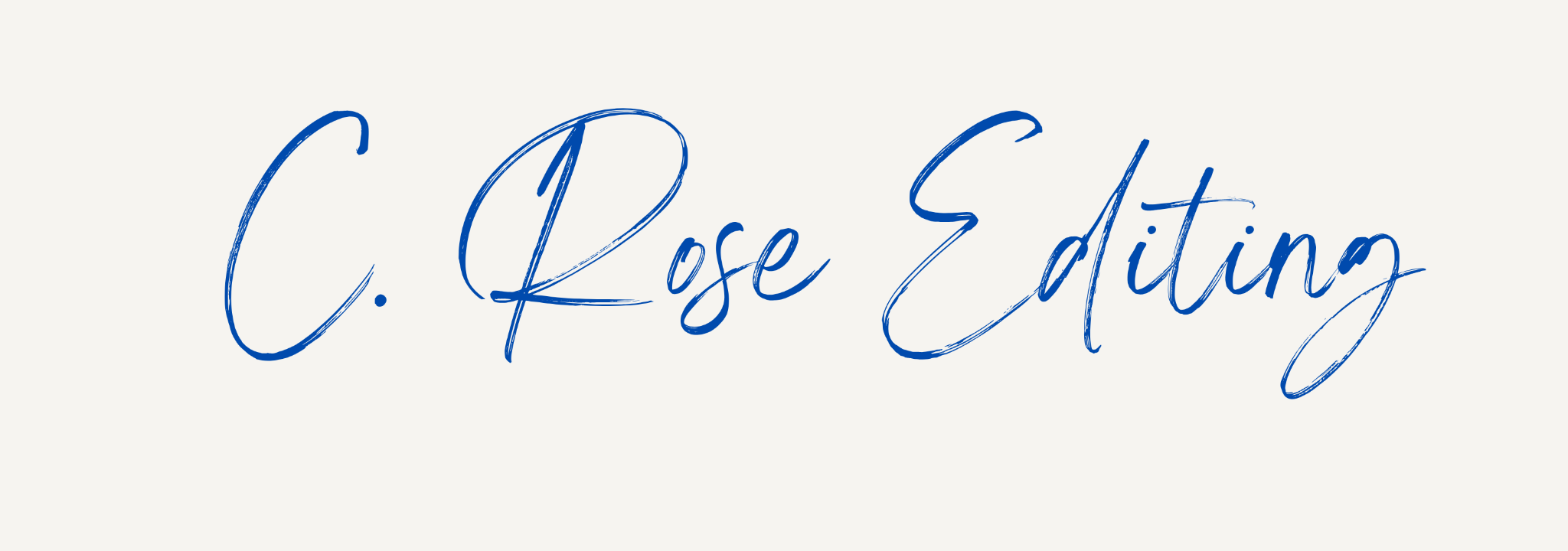When to hit ‘enter’: A guide to paragraphs
Paragraphs are the building blocks of writing, shaping the flow, clarity and impact of your story. Whether you’re writing fiction or non-fiction, understanding when and how to switch to a new paragraph is essential for engaging readers and conveying your ideas effectively.
Let’s break down what paragraphs do, when to start a new one and how you can improve your writing with these skills.

What’s the purpose of a paragraph?
A paragraph organises your writing into manageable chunks, each conveying a single idea or advancing a particular part of the story. Well-crafted paragraphs help guide the reader through the narrative or argument, making it easier to follow your thoughts, visualise scenes or understand concepts.
In fiction, paragraphs can create rhythm and emphasise key moments; in non-fiction, they help structure arguments and present information clearly.
Basic rules for paragraphing
For beginners, here are some fundamental rules for writing and switching paragraphs:
One idea per paragraph: Each paragraph should centre on a specific idea, action or theme. When you shift to a new idea, start a new paragraph.
Vary paragraph lengths: To keep your writing dynamic, use a mix of short and long paragraphs. Long paragraphs can offer in-depth detail, while short ones can create impact or highlight a crucial moment.
Consider readability: A page of uninterrupted text can overwhelm readers, especially in modern writing. Aim for paragraphs that are three to five sentences long, but don’t be afraid to use shorter or longer ones if it suits the narrative.
When to switch to a new paragraph
Switching to a new paragraph isn’t just about breaking up the text; it’s about guiding the reader through the flow of ideas, events or dialogue.
Here’s when to consider starting a new paragraph:
Change in topic or idea
You should start a new paragraph When introducing a new topic, thought or action. This applies to both fiction and non-fiction. Each paragraph should revolve around a single idea, and shifting to a new one signals a change in focus.
Example in Fiction:
Before:

After:

New speaker in dialogue
Whenever a new character speaks, start a new paragraph. This makes the dialogue clear and helps the reader track who is speaking.
Example:
Before:

After:

Shift in time, location, or focus
If the scene changes, or if time has passed, switch to a new paragraph. This transition helps keep readers oriented within the story.
Example:
Before:

After:

Emphasising a point or moment
Sometimes, a single sentence or phrase warrants its own paragraph to give it weight and emphasis. This is often used in fiction for dramatic effect or in non-fiction to underline a key argument.
Example:
Before:

After:

Inner thoughts or reflections
When writing a character’s internal thoughts or reflecting on an idea, it’s effective to switch to a new paragraph. This provides clarity and sets the character’s internal dialogue apart from the narrative.
Example:
Before:

After:

Introducing or developing a character’s action or reaction
When a character responds to something or takes a new action, start a new paragraph to create a clear progression in the scene.
Example:
Before:

After:

Practical tips for improving paragraph transitions
Use Transition Words and Phrases: Phrases like “however,” “on the other hand,” or “meanwhile” can help connect paragraphs smoothly.
Repeat Key Words or Ideas: Reinforcing an important word or concept from the previous paragraph can guide the reader through a shift in topic.
Vary the Length of Paragraphs: This keeps the writing engaging. Short paragraphs can create tension or emphasise an idea, while longer paragraphs can delve into details or explore complex thoughts.
Common mistakes to avoid
Paragraph overload: Breaking paragraphs too frequently can make the writing feel choppy and disrupt the flow. Make sure each paragraph is substantial enough to convey a complete thought.
Overly long paragraphs: Giant blocks of text can be overwhelming. Break up long paragraphs, especially if they contain multiple ideas or actions.
Not changing paragraphs in dialogue: When characters speak, always switch paragraphs when a new person begins talking. This basic rule is crucial for clarity in dialogue-heavy scenes.
Forgetting to use paragraphs for emphasis: Don’t be afraid to use single-sentence paragraphs to make a point stand out, especially in emotional or action-packed scenes.
Final thoughts
While these guidelines are helpful for structuring your writing, remember that paragraphs are ultimately a stylistic choice. Different genres and writing styles may call for different approaches to paragraphing. As you gain confidence, you’ll develop a sense of when to bend or break these rules to suit your voice and story.
For new writers, practice is key. Pay attention to the flow and readability of your paragraphs and don’t hesitate to revise or restructure them during editing. Effective paragraphing can elevate your writing, creating a rhythm and clarity that keeps readers engaged from start to finish.
With these insights, you can start mastering paragraphs and shaping your writing into a compelling, cohesive piece that resonates with readers. If you have any questions about paragraphing or need help with your manuscript, feel free to reach out—I’m always here to help!

0 Comments Add a Comment?